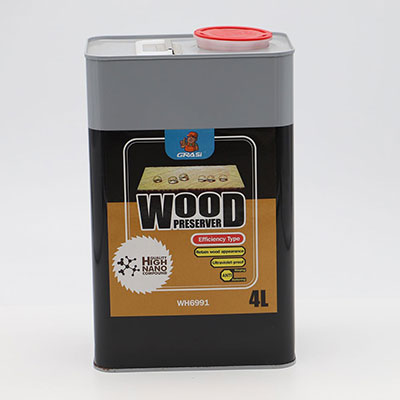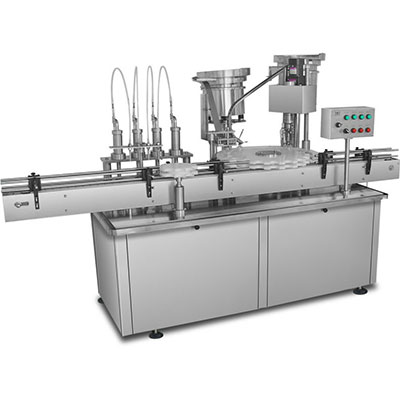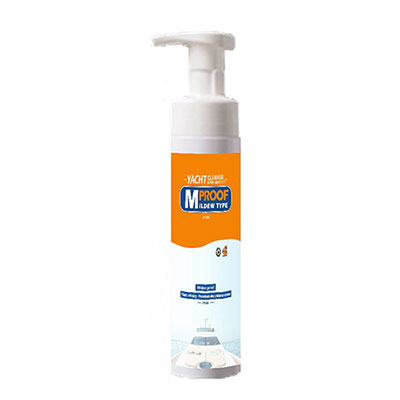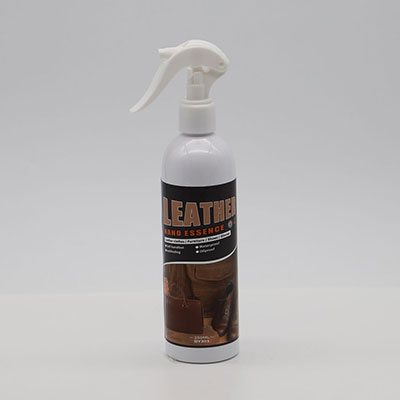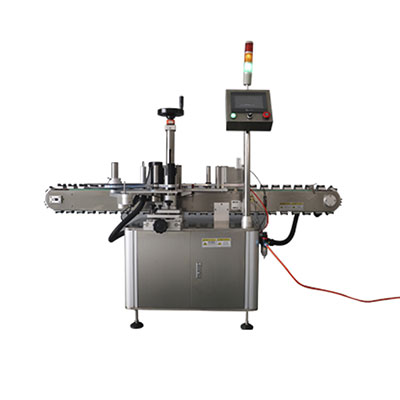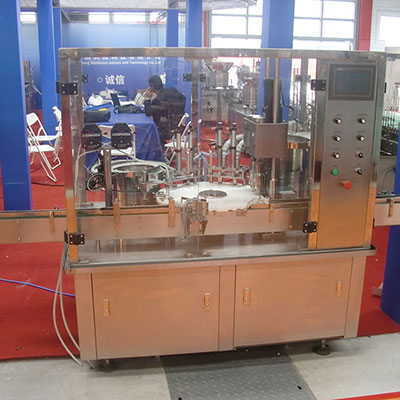Precision Shaft Coupling Manufacturer
Shaft couplings can be divided into rigid couplings and flexible couplings
With rigid couplings, the two shafts should be accurately alignment during installation. The rigid couplings are not able to compensate for shaft misalignment. However, rigid couplings have many advantages, including simple structure, easy assembly, convenient maintenance, and low cost.
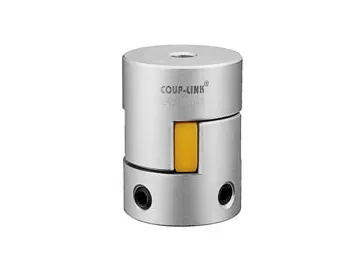
The flexible shaft coupling can be classified into elastic couplings and universal joints. The universal joints can only compensate for shaft misalignment. But the elastic coupling can not only achieve the function above but also absorbs shock and vibration.
The flexible coupling can be classified into curved jaw couplings, disc couplings, beam couplings, Oldham couplings and bellows couplings according to their shapes.
Curved jaw coupling :
It has the best ability to absorb impact energy, and is most suitable for servo motors.
Disc coupling:
It is suitable for high speed rotation environments.
Beam coupling:
It is classified into a helical coupling and parallel slit coupling to accommodate misalignment.
Oldham coupling:
The center disc can accommodate a high misalignment, and it has relatively low reaction force to reduce the load of shaft and other components.
High-gain rubber type coupling:
It allows for the shortest response time, making the coupling suitable for use in the equipment which needs quick response.
Bellows couplings:
The bellows design can compensate for a high misalignment. In addition, it features quick response and high torsional stiffness.
Links:https://www.globefindpro.com/products/23986.html
-
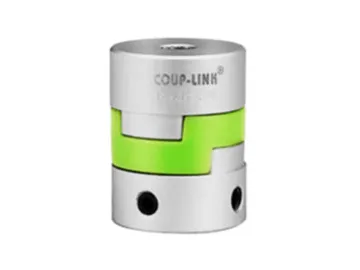 LK4-1 Oldham Coupling - Setscrew Type
LK4-1 Oldham Coupling - Setscrew Type
-
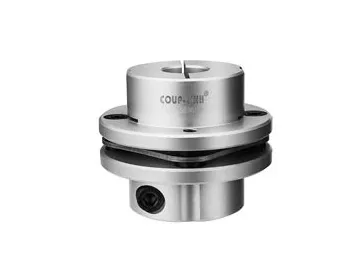 Disc Coupling, Disc Pack Coupling
Disc Coupling, Disc Pack Coupling
-
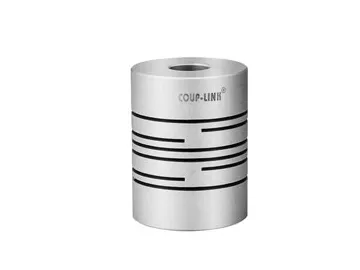 Flexible Beam Coupling, Slit Coupling
Flexible Beam Coupling, Slit Coupling
-
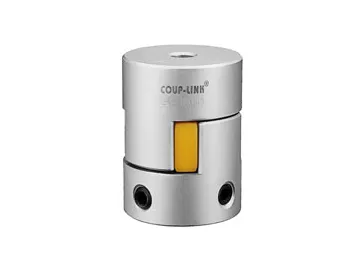 LK8-1 Jaw Coupling - Set screw Type
LK8-1 Jaw Coupling - Set screw Type
-
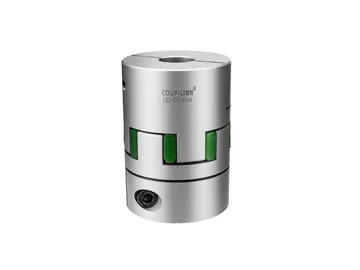 LK8-2 Jaw Coupling - Clamp Type
LK8-2 Jaw Coupling - Clamp Type
-
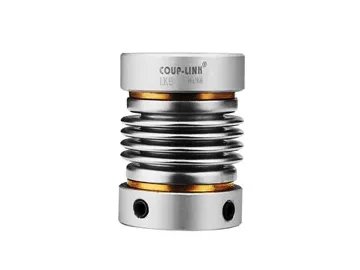 Bellows Coupling
Bellows Coupling
-
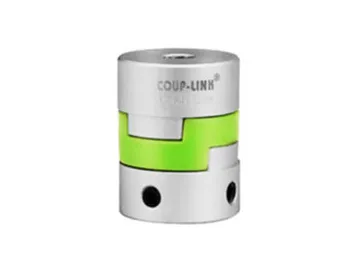 Oldham Coupling
Oldham Coupling
-
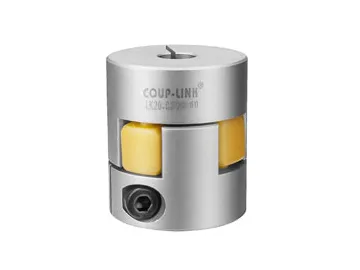 LK20-1 Jaw Coupling - Setscrew Type
LK20-1 Jaw Coupling - Setscrew Type
-
 Precision Shaft Coupling Manufacturer
Precision Shaft Coupling Manufacturer
-
 LK2-2 Flexible Couplings - Beam Type - Setscrew Type - Spiral
LK2-2 Flexible Couplings - Beam Type - Setscrew Type - Spiral
-
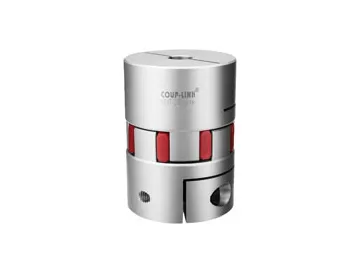 LK17-2 Curved Jaw Coupling - Clamp Type
LK17-2 Curved Jaw Coupling - Clamp Type
-
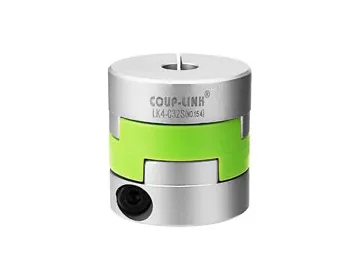 LK4-2 Oldham Coupling - Clamp Type
LK4-2 Oldham Coupling - Clamp Type
